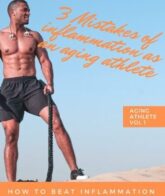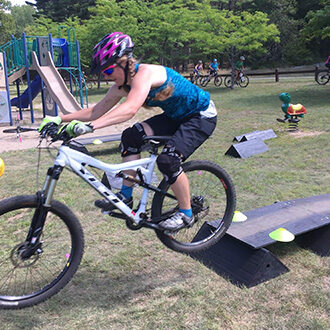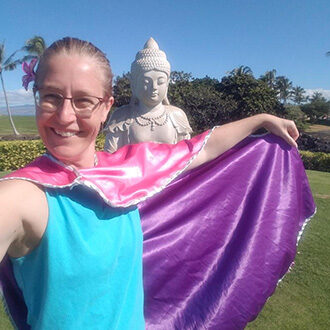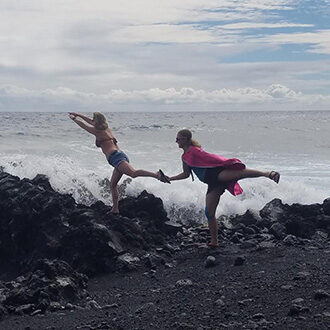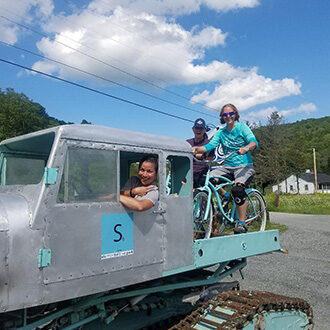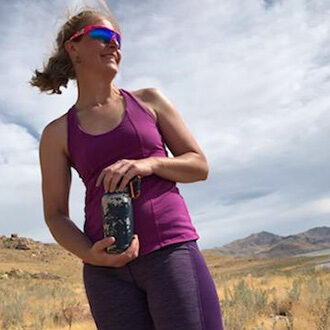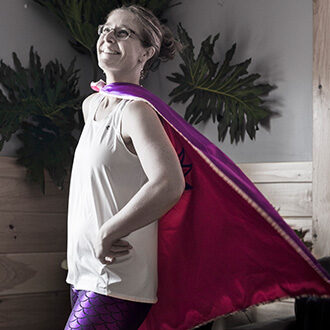Most people who engage in physical activities experience muscle soreness. This is especially true for athletes and active people who use their muscles more than they should. Fitness and medical professionals call this delayed onset muscle soreness or DOMS. This is a condition where one experiences muscle damage or inflammation due to microtears brought about by exercise.
The soreness may happen a few hours or a day after the exercise. Most people tend to shrug off the muscle soreness and just bounce back to their daily routine. However, this may not be the most advisable thing to do. Muscle soreness is a sign that you have overworked your muscles. If you do not take the time to treat your sore muscles, you may notice that it may take a long time before you fully recover.
To help you alleviate the soreness and pain, here are some of the common treatments and their rationale.
Use Ice Packs
Cold compression is one of the most common muscle soreness treatments. You can use ice to reduce the amount of blood flow to the injured muscle. This causes more blood to collect in the muscle, resulting in reduced inflammation and pain.
To use a cold compress, you can do the following tips:
- Place a towel over the ice pack. The towel will prevent the ice from melting.
- Now, wrap the ice packs in a plastic bag. This will keep the pack from melting on your skin.
- Put the ice pack on the sore muscles for about 20 minutes.
- After 20 minutes, take a break and then repeat the same process again.
- Continue doing this until you are free from pain.
Try Massage
Massage is another method of reducing muscle soreness. This therapy uses different techniques to manipulate the body tissue to improve muscle flexibility, improve blood circulation, and reduce muscle soreness. Massage also increases the blood flow to the muscle, increases oxygen flow into the body, and decreases inflammation and pain.
Do a Gentle Stretch
When you are experiencing muscle soreness, it is best to do gentle stretches. Stretching will help improve your range of motion. This will make it easier for you to move around and even exercise again. It will also help improve the flexibility of your muscle, making it less prone to injuries. It will also help improve the body’s efficiency in removing lactic acid and other waste products.
However, do not stretch right after you have exercised. This is because stretching right after you have exerted will give more time to your muscle to produce lactic acid, which will cause more soreness. You may want to wait for at least 30 minutes before you stretch.
Create an Active Recovery Workout Plan
Active recovery is a method of relieving muscle soreness by taking a break from the actual activity or exercise. This is different from passive recovery, which will not require you to do anything.
If you want to try active recovery, you may want to start with doing light house chores. These include washing the car or doing laundry. You can also try light activities like going for a walk. You may want to take a break from your usual workout schedule for at least a day. This will give your body enough time to recover and avoid further muscle damage.
Don’t Forget to Rest
Resting is the best way to recover from soreness. If you do not rest enough, your muscles will continue to produce lactic acid and will force your body to work harder. This means that if you continue to exercise, you will eventually experience muscle damage, inflammation, and pain.
For optimum rest, make sure you get at least eight hours of sleep every night. You also need to drink eight glasses of water a day. This will keep your body hydrated and increase your overall energy levels.
Conclusion
Sore muscles are inevitable when doing an intense workout. However, you do not want to deal with this pain for a long time. You can treat your sore muscles by placing ice packs, getting a massage, doing gentle stretches, or taking a break from your usual workout.
Let Hello Meg Parker help you regain your muscle strength and hasten muscle recovery after an intense exercise. Meg Parker is an international health coach in New York that offers personalized coaching programs for all types of individuals. Schedule an appointment today!


